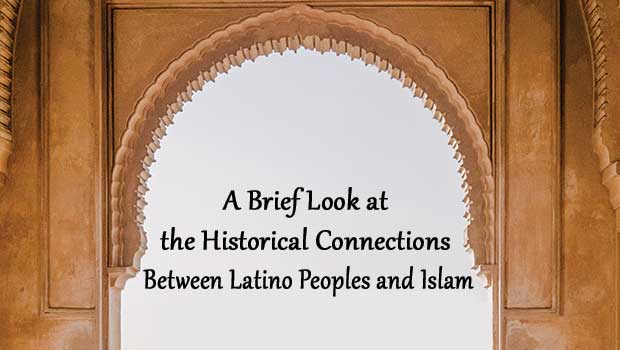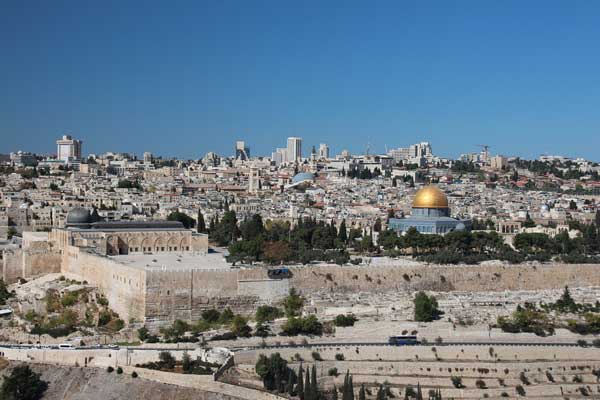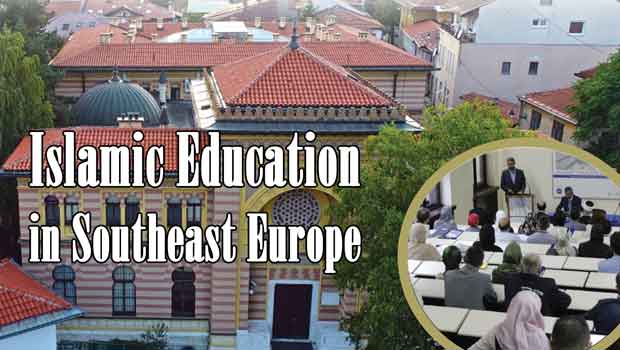The Pope is the most revered figure in the Catholic world, infallible to his followers and, in their eyes, the representative of God on earth. In a 2006 speech, Pope Benedict XVI quoted the 14th-century Byzantine emperor Manuel II Paleologus in his statements attributing the spread of Islam to violence and jihad. The emperor’s statements were made within the political context of his relations with the emerging Ottoman dynasty. They reflect an ignorance of Islam and Islamic history and are not worthy of any credibility. Yet, the Pope chose to quote them.
The Pope and his speech writers should be better educated when making reference to other religions. They would have been more properly informed if they had read, for example, “The Spread of Islam in the World: A History of Peaceful Preaching,” written by none other than the 19th century historian, Professor Thomas Arnold.
The best and most direct evidence for the way Islam was propagated are the words of Prophet Muhammad himself. In 628 CE he sent a charter of freedom to of St. Catherine’s Monastery at the foot of Mt. Sinai, during a time in history when no one was talking about freedom of religion, cultural pluralism and tolerance, or protection of human life. Prophet Muhammad wrote to the monks the following:
This is a message from Muhammad bin Abdullah, as a covenant to those who adopt Christianity, near and far, we are with them. Verily, the servants, the helpers, my followers, and I defend them, because Christians are my citizens; and by Allah! I hold out against anything that displeases them. No compulsion is to be on them. Neither are their judges to be removed from their jobs nor their monks from their monasteries. No one is to destroy a house of their religion, to damage it, or to carry anything from it to the Muslims’ houses. Should anyone take any of these, he would spoil God’s covenant and disobey His Prophet. Verily, they [the Christians] are my allies and have my secure charter against all that they hate. No one is to force them to travel or to oblige them to fight. The Muslims are to fight for them. If a female Christian is married to a Muslim, it is not to take place without her approval. She is not to be prevented from visiting her church to pray. Their churches are to be respected. They are neither to be prevented from repairing them nor the sacredness of their covenants. No one of the nation [Muslims] is to disobey the covenant till the Last Day [end of the world].
Does not this letter, in precise fashion, counter the claim by the Byzantine emperor that Prophet Muhammad preached his faith with the sword? Does not the letter additionally point to the importance of religious leaders being knowledgeable about other faiths and also upholding the strictest standards of honesty and sincerity in their statements about other religions?
Saint Catherine’s Monastery
The Monastery was built in the 4th or 6th century CE, according to various sources. It is located at the foot of Mount Sinai on one of Wadi al-Sheikhs branches, and rises about 5012 feet above sea level. The Monastery was constructed by King Postilianos to be a fortress for Sinai monks. It comprises several monuments that presumably date back to Christ’s era. In addition, the monastery houses a large library that is south of the church. The library consists of three adjacent rooms and houses about 6000 ancient historical, geographical, and philosophic manuscripts, written in Greek, Syriac and Arabic. The church manuscripts are written in many different languages. Most of the Christian heritage manuscripts are written in Arabic, especially the copies of the bible, including the Old Testament and the New Testament.
A new museum has been recently inaugurated inside Saint Catherine’s Monastery with help from American experts from the Metropolitan Museum in New York. The new museum houses important collections of rare books and volumes written in Greek, Coptic, Syriac, Latin, and Arabic which date back to the first seven centuries CE. Al-O’hda al-Muhamadeias is one of the most significant acquisitions in the Monastery. This is the document on protecting Egypt’s Christians, signed by Prophet Muhammad (pbuh). This document dates back to the year 2 A.H.
Fortunately, all these treasures have been kept and well-preserved in the dry weather in the heart of the Sinai desert for long centuries. Thus, they are still in good condition. Al-O’hda al-Muhamadeias, the charter of freedom sent to the monks so many centuries ago, stands as testimony to the ways by which the Prophet of Islam spread the religion. The existence to this day of St. Catherine’s Monastery in Egypt, itself, also speaks to the historical fact that Islam was no pretext for religious compulsion or societal destruction. Contrary to being “spread by the sword,” Islam was disseminated by the strength, clarity, and transcendence of its message — a universal message speaking to the sanctity of life, freedom of conscience and religious choice, and salvation through surrender to God. That surrender propagates not violence, not coercion, not conflict, but a manner of living founded on and committed to peace.





